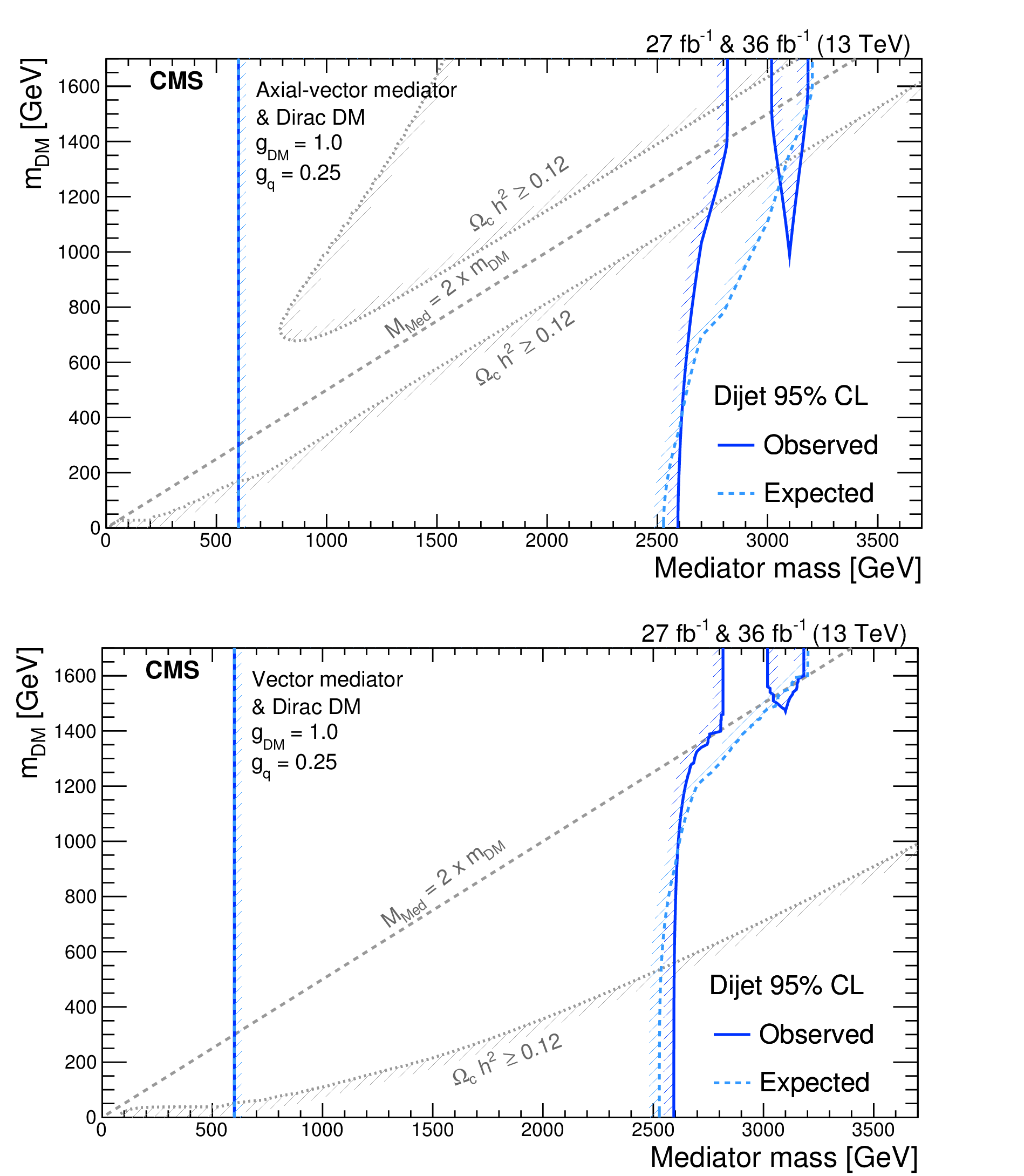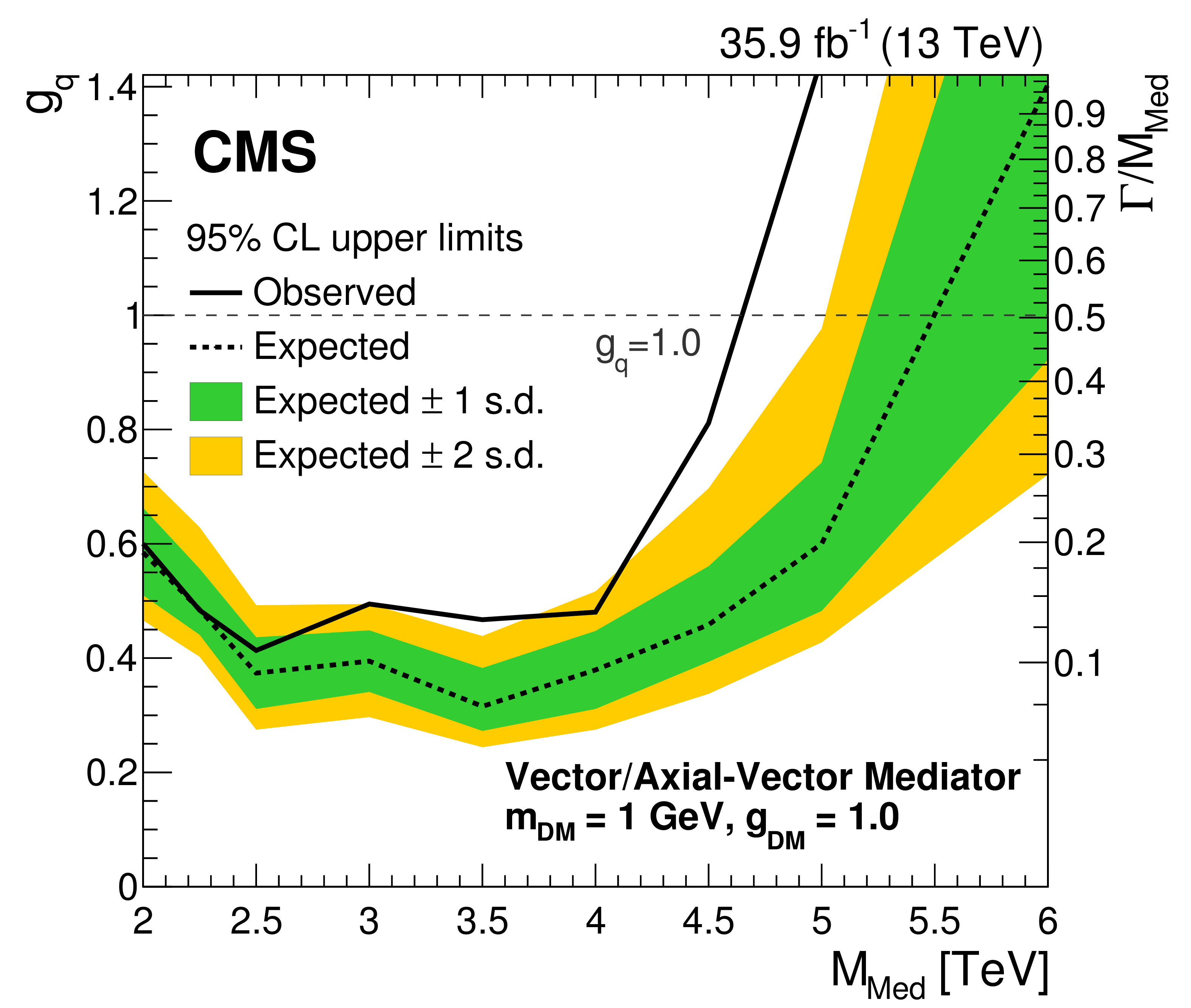We do not know what dark matter is, but we know it exists. When Newton's nap under an apple tree was interrupted by the fall of a fruit over his slumbering head, the guy did not know what really was it at the source of the event, but he could clearly see that there was something pulling the apple toward the earth: the force of gravity. We are in a similar situation nowadays, as we have heaps of observational evidence that some non-luminous matter sits around galaxies and does nothing special except that it exerts gravitational influence on its surroundings. What it is, we have no real clue - and as is often the case in similar situations, we counterbalance our cluelessness with amassing hundreds of possible hypotheses, from the unlikely to the utterly ridiculous.
So why should you care about DM after all? Well, in my opinion you should not. I predict you will be able to spend the rest of your life -however long you will live- without any real need to know what DM is: I simply doubt there would be practical applications of knowing the answer to the question, in the time span of a human life. But while I say this here, concealed within the lines of this article, I secretly hope none of the policy makers or the fund reviewers around will really read my statement - for I think we desperately need to increase our knowledge of the universe, for it's own sake. We cannot rely on our judgement to decide what future knowledge will change human history and what won't.
The statement above, about the probable irrelevance of knowing what DM is, sounds surprising, now that I read it again. For if we know not what DM is, we are indeed authorized to entertain *any* possible hypothesis. So am I saying that none of those hypotheses, however improbable, would have the potential of changing our life if demonstrated true by experimental proof? No - all I am saying is I don't believe this will happen.
Searching for mediators
Going back to the theme of this article, let me explain what I mean by "interacting" with DM. Among the most plausible explanations of DM are ones which posit that it is a particle produced copiously during the early expansion phase of the universe, when the energy density of space was high enough to continously produce and reabsorb any possible state of matter. This special particle however, while endowed with non-zero mass and perfectly stable like protons and electrons, was endowed with no electric charge, nor strong colour charge.
The above characteristics made DM a spectre, incapable of binding in atoms and form those luminous structures we call stars. It may be something that still permeates the universe without leaving a trace of its presence other than gravitational pull; particles we breeze through as we move with our solar system around the centre of our galaxy, perfectly oblivious of being crossed by zillions of them.
While it is entirely possible that DM has no way whatsoever to interact with ordinary matter except by gravitation (a fact we observe), physicists insist that some feeble interaction between ordinary matter and DM, brought about by a mediator (another particle that causes the interaction by connecting the two), should be possible. There are a number of physics models that say this is the case. As I said, this is no evidence; but it so happens that we have a powerful accelerator at CERN, and those proton-proton collisions might occasionally produce not only DM particles, but also the mediator particle itself.
Since we have no clue about what characteristics the mediator could have, apart from, by definition, its being able to interact with ordinary matter, we have to keep our eyes open to any possible manifestation. Among them, a few have been studied by the CMS experiment, using recent proton-proton collisions data. I do not want to bore to death the 23 readers who made it this deep into this article, so I will just make an executive summary of a few recent searches, and point to the relevant references.
1) The mediator particle could be a scalar boson, that couples to quarks - and can thus be emitted by them - and to DM particles which we can assume to be Dirac fermions. One way to look for such a thing is to search for top quark pairs that get produced in association with large missing momentum. This is due to the mediator decaying into a pair of DM particles, which escape unseen. The CMS search described here excluded this scenario if the mediator is a scalar particle and it has a mass below 74 GeV, but the model is still alive and will require more severe testing, something I have no doubt will be done using the full Run 2 statistics that the LHC has now just finished delivering to CMS and ATLAS.
2) The mediator could be a vector or an axial-vector particle. In that case, we could spot it in its decays to ordinary matter (if it couples to it, it will also decay into it). A heavy mediator produced in proton-proton collisions would certainly be able to decay into a pair of jets, so all searches -and null results- for dijet resonances can be interpreted as searches for this kind of body. Once recast into exclusions of the corresponding models, the results can be compared to deductions coming from astrophysical measurements, such as in the graph below.

[Above: exclusion regions of the parameter space spanned by DM mass (vertical axis) versus mediator mass (horizontal axis) obtained by the CMS search for dijet resonances using 2016 LHC data. The region between the blue curves is excluded at 95% CL. Also shown are cosmological constraints (where the abundance of DM would exceed the cosmological relic density, dotted grey line) and kinematical bounds (when the DM mass is over half the mediator mass, the latter cannot decay into the former. The two graphs refer to the cases when the mediator is an axial-vector (top) or a vector particle (bottom).]
I should say that there have been several other studies of the second possibility, and vector- and axial-vector-like dijet resonances have been sought for in boosted fat jets, as well as in their effects on angular jet distributions. In all cases results have been null. Except one.
In the above mentioned search for a deviation of the angular distribution of jet pairs as a function of the dijet invariant mass, CMS found a slight excess of events which could be interpreted as a fluctuation or, by a more inspired soul, as the faint signal of a DM mediator of mass above 4.5 TeV. The relevant graph is the one shown below.

In the graph, the effect appears as a departure of the observed limit (black line) on the variable describing the vertical axis (the universal quark coupling of the mediator, g_q), as a function of the putative particle mass shown in the horizontal axis, from the upper limit that one would expect to set on the same quantity in the absence of a signal (dashed line with green and yellow one- and two-sigma quantile bands).
If quantified in terms of standard deviations, the effect is a 2.8 sigma one, so nothing to jump at in excitement. However, if you really want to hope we are about to solve the mystery of DM, it is something you may cling to, at least until new results will be published.
---
Tommaso Dorigo is an experimental particle physicist who works for the INFN at the University of Padova, and collaborates with the CMS experiment at the CERN LHC. He coordinates the European network AMVA4NewPhysics as well as research in accelerator-based physics for INFN-Padova, and is an editor of the journal Reviews in Physics. In 2016 Dorigo published the book “Anomaly! Collider physics and the quest for new phenomena at Fermilab”. You can get a copy of the book on Amazon.





Comments